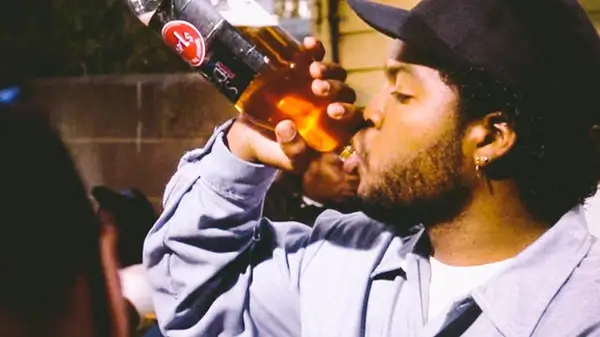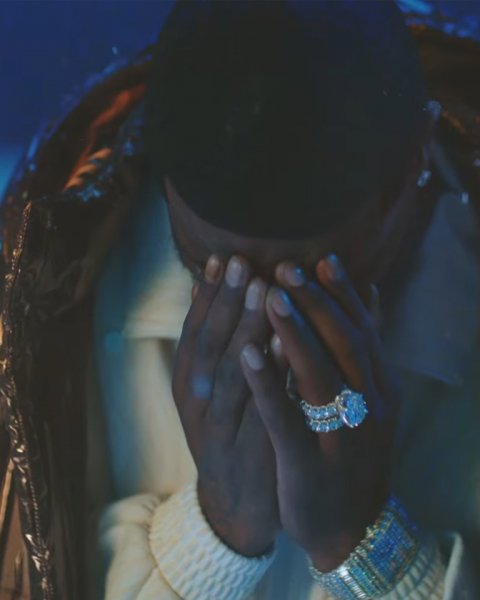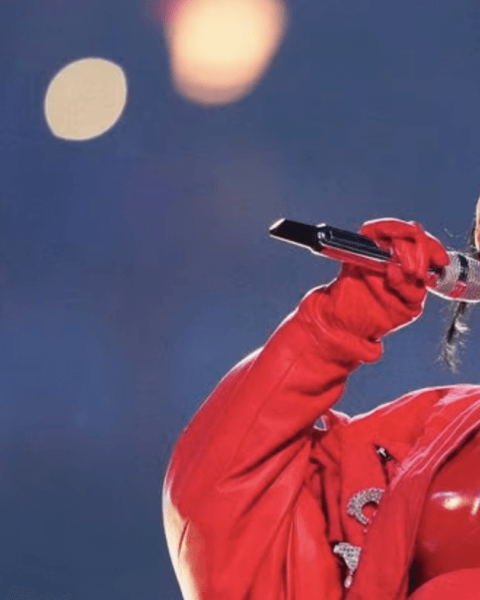
The Ambition Archive – contextualizing the present hip hop culture by exploring the past.
The Ambition Archive #2 – It’s the Fortys
Welcome to our new format #AmbitionArchive where we will contextualize the present hip hop culture by exploring the past.
This time we look at the history of malt liquor and it’s place in Hip Hop.
The origin
Eazy-E dedicated an entire song to the drink (“8 Ball”), you can see the signature bottles in countless rap videos and movies, and Public Enemy has sharply criticized the drink’s impact on society – it’s all about the famous American malt liquor; also known as 40 Ounces or “Fortys” for short.
The history of malt liquor itself dates back to the 1930s, when breweries didn’t have enough malt to make beer during the Depression and later due to rationing during World War II. By the beginning of the 1960s, manufacturers began specifically targeting African-American consumers, for example, by hiring well-known black actors such as Billy Dee Williams as advertising figures.
“Pour your 40 out” – The right marketing
The heyday of Fortys was the late 80s and early 90s. Rappers began mentioning the drink in their lyrics and placing the bottles in photos and videos. The relevant brand at the time was “Olde English,” but Minott Wessinger, a Portland brewer, saw the potential of the drink and created the “St. Ides” brand in 1987. He saw that many of the rappers were praising and referencing the drink without being asked and correctly assumed that some of the rappers would also be interested in an advertising deal.
And he was proven right. St. Ides created one of the most iconic ad campaigns of the 90s by having the who’s who of the rap scene compose their own songs as ad jingles for St.Ides. We’re talking jingles by legends like Snoop Dogg, Ice Cube, Warren G, 2Pac, Wu Tang Clan, Cypress Hill or Notorious BIG.
Sales of Malt Liquor, especially St. Ides, went through the roof in the early 90s. At the same time, voices were raised criticizing the glorification of alcoholic beverages and aggressive marketing specifically to African-American youth.
However, he drink’s flight of fancy was short-lived. As Hip Hops popularity grew and revenues increased, rappers began to favor cognac and champagne and turned their backs on the Fortys



